Time:2024-07-04 14:50:46 Edit:管理員 Scan:267second
Analysis of glass bottle manufacturers on the reasons for cooling marks on wine bottles:
1. For general wine bottles and glass bottles, a certain degree of unevenness can be allowed without affecting their performance. Abnormal glass that forms droplets and maintains its original shape is called nodules, which appear in the form of granules, blocks, or flakes on the product.
2. Stripes and nodules on wine bottles can be colorless, green, or brown due to their different causes. According to the diffusion mechanism, stripes and nodules with lower viscosity than glass can usually dissolve in glass melt. However, the stripes and nodules remaining in the glass generally have a higher viscosity than glass. In actual production, the stripes and nodules often encountered are mostly rich in silica and alumina.
3. The abnormal glass inclusions present in the main body of a wine bottle glass bottle are called glassy inclusions (stripes and nodules), which belong to a common defect in glass non-uniformity. They differ from the glass body in terms of chemical composition and physical properties (refractive index, density, viscosity, surface tension, thermal expansion coefficient, mechanical strength, sometimes including color).
4. According to the different causes of wine bottle glass, stripes and nodules can be divided into four types: uneven melting, arch droplets, erosion of refractory materials, and stone melting. Another type is that there is a large temperature difference in the glass liquid in the working pool, or the material droplets are locally cooled. During forming, the low-temperature part of the glass cools first, which is very thick, while the high-temperature part is not cooled and blown thin. The characteristic of this stripe is that it is very coarse.
5. From the appearance of a wine bottle, due to the stripes and nodules on the main body of the glass, which protrude to varying degrees, they are distributed inside the glass and on the surface of the glass. It has an irregular interface with glass, exhibiting mutual permeation due to flow or dissolution of physical and chemical properties. Most of them are striped, while others are linear or fibrous, sometimes resembling bumps and protruding. Some subtle stripes are invisible to the naked eye and must be detected by instruments, but this is also not allowed in optical glass.

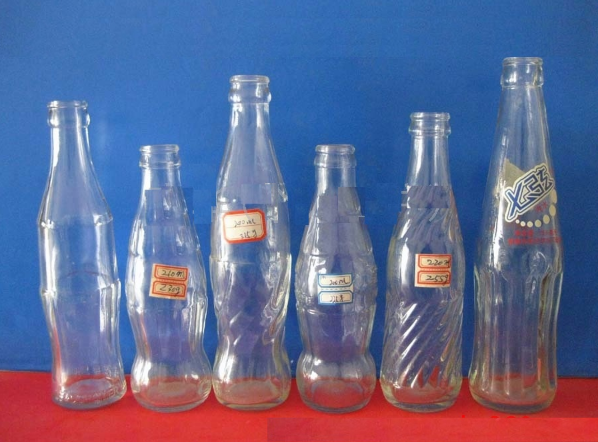 How is a froste···
How is a froste···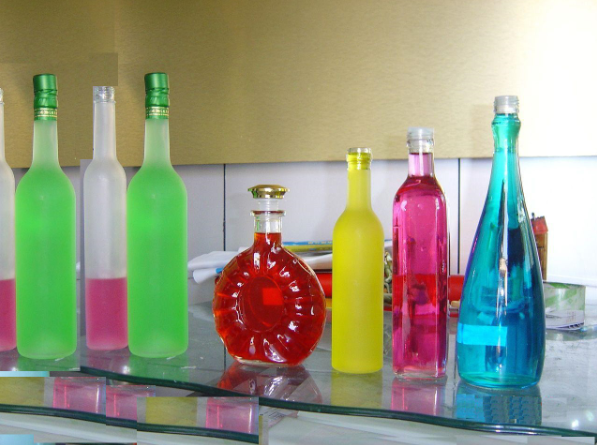 The Transparenc···
The Transparenc···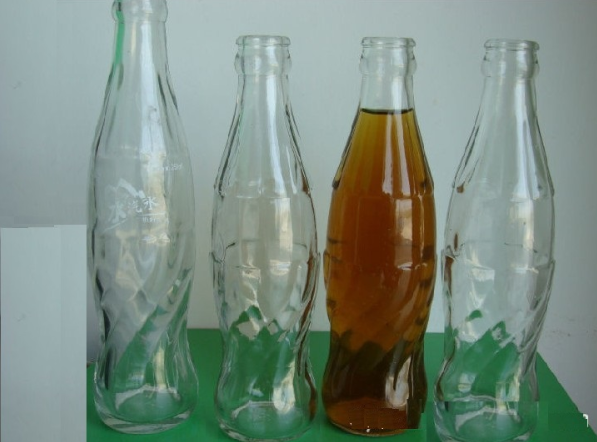 Why use glass b···
Why use glass b···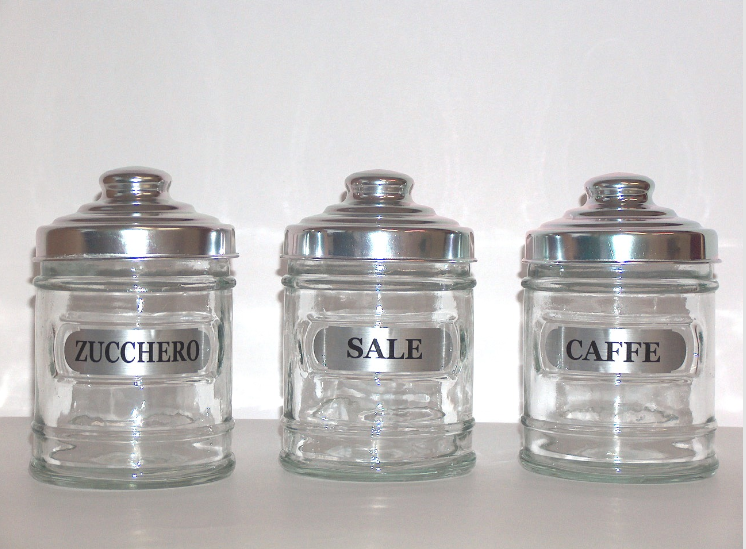 Analysis of Gla···
Analysis of Gla··· What tests do g···
What tests do g··· Glass Bottle Ma···
Glass Bottle Ma···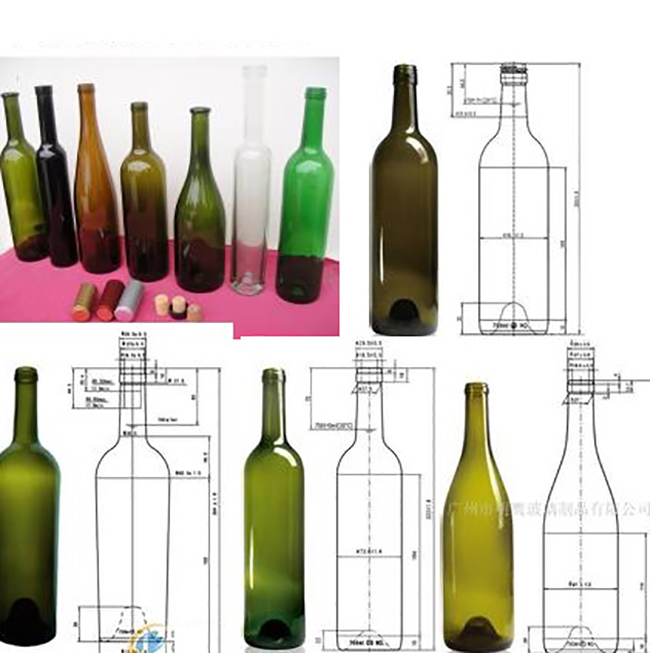 Why use glass b···
Why use glass b···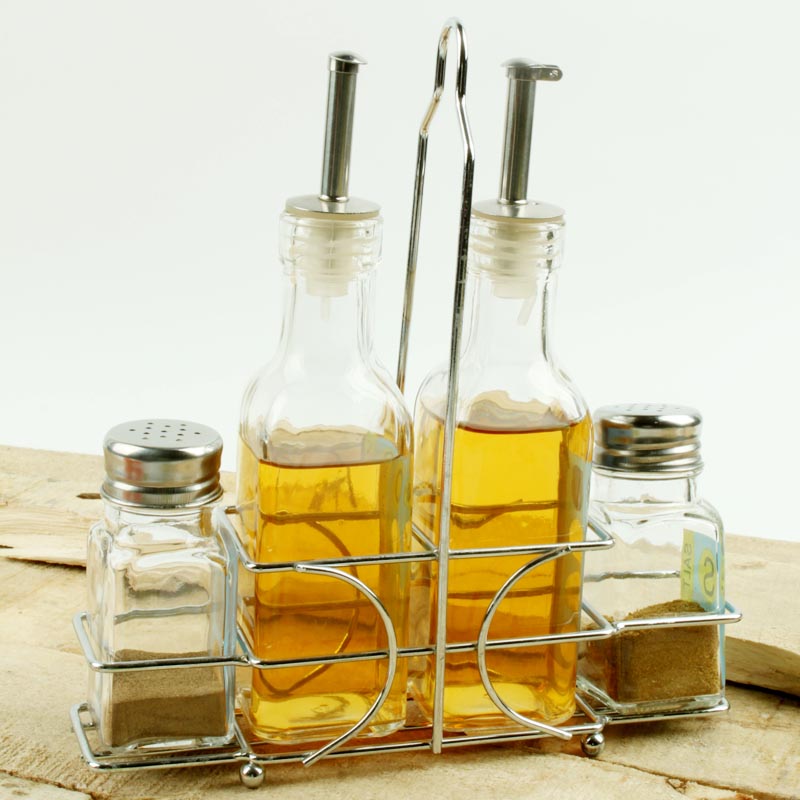 Glass bottle ma···
Glass bottle ma···
